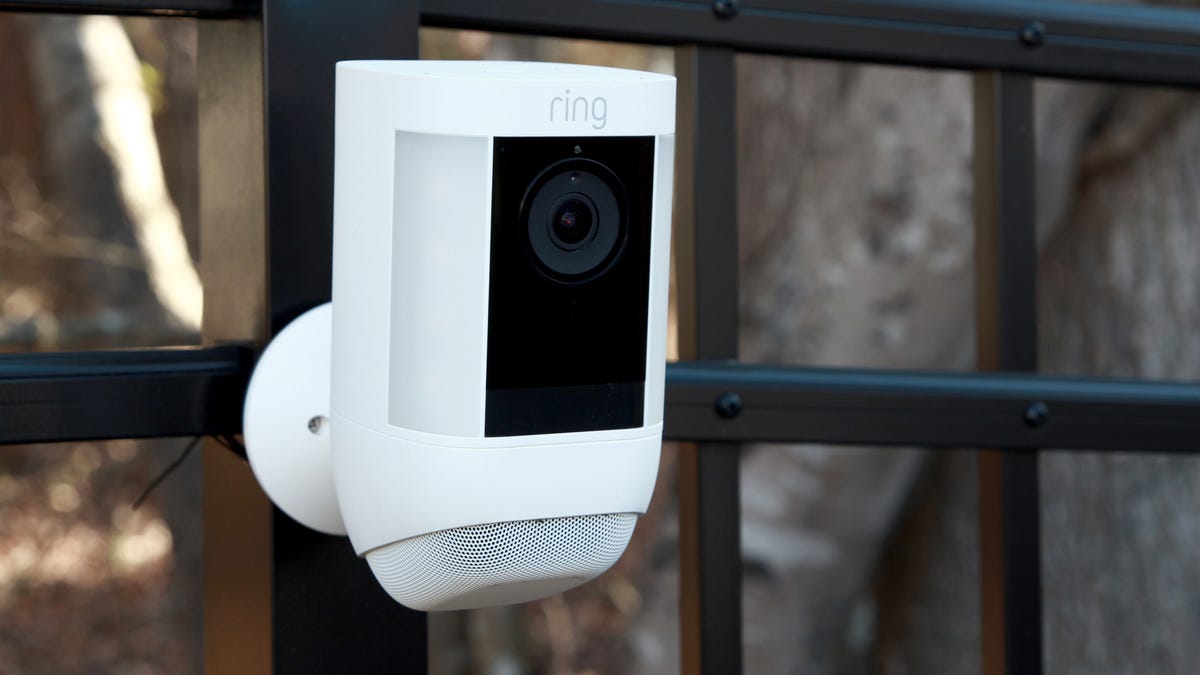As It Happens6:15Study finds cockatoos dunk their snacks in dip for flavour
Cockatoos are real problem solvers, and sometimes their problem is that their food is too bland.
A new study by cognitive biologists has found that some cockatoos will solve that problem the same way many people do — by dunking their plain snacks into a tasty dip.
And while plenty of animals have shown specific food preferences, it’s almost unheard of for them to mix ingredients together themselves, says Jeroen Zewald, PhD student at the University of Veterinary Medicine in Vienna.
“The specific thing here is that they are combining the food,” Zewald, co-author of the study, told As It Happens host Nil Köksal. “So it’s not just a taste preference. They want to, like, improve the food.”
The findings were published in the journal Current Biology. Zewald says the only other example of animals flavouring their food he could find was a study from 1965 in which wild Japanese macaques were observed dipping potatoes in salt water.
Blueberry and noodles, the ultimate combo
Zewald and his colleagues first noticed dunking behaviour a few years back when three Goffin cockatoos at an Austrian aviary started dipping their dry rusks of bread into water.
They studied the behaviour at the time and concluded the cockatoos were doing it to soften the food.
They primarily did it to the rusks, not other food, and they would leave them in water for 20 seconds or longer, until they were good and mushy. Similar behaviour has also been observed in several species of wild birds.
But, recently, Zewald’s supervisor noticed her own pet cockatoos dunking their food — not in water, but in blueberry soy yogurt, which she sometimes gave them as a treat.
To get to the bottom of this new snacking ritual, Zewald and his colleagues carried out 14 trials on 18 cockatoos at the aviary.
In each trial, the cockatoos were offered different combinations of food — cooked pasta, cauliflower, potatoes and carrots — alongside water, blueberry soy yogurt and plain soy yogurt.
Soy is the key word here, says Zewald. Dairy is not good for cockatoos.
“Please do not start giving just normal yogurts to your parrots,” he said. “That could end badly.”
None of the birds dunked their cauliflower or carrots, and none of them dunked any of their food into water. But half of them dipped their food in the soy yogurt, showing an overall preference for the blueberry.
“If the goal of their behaviour was just to soak their fruit, they might as well just put it in the water. And if they had just a preference for the texture of the yogurt … they could use the neutral yogurt which had no flavour,” Zewald said.
Instead, they seemed to prefer the blueberry flavour — especially on pasta.
“They took the noodles, they put it in the yogurt and really dragged it around through the yogurt to get as much yogurt on it as possible, kind of like you would do when you dunk your fries in ketchup,” he said.
They even double-dipped.
“They would run out of the yogurt on the noodle and then they would just put it back, start swirling it around again,” he said. “So they were pretty enthusiastic about the combination.”
A love of berries, and a history of using tools
Pamela Clark, an Oregon-based parrot behaviour consultant who was not involved in the study, says the birds’ choice of dip makes “perfect sense.”
“While parrots don’t have a great sense of taste, they can taste the basic four flavours — sweet, salty, bitter, and sour. Parrots like sweet things,” she told CBC in an email.
“Both fats and carbohydrates provide energy for breeding and other activities. Parrots gravitate toward foods high in either.”

Marie-Élisabeth Gagnon, a parrot behaviour consultant with Toronto’s Parrot Sanctuary, says the shape and texture of the fusilli noodles may have played a role, too, as cockatoos are “very tactile creatures” with a history of using tools.
“Cockatoos will eat and hold food in their beaks but often seem to prefer holding their food in their little dinosaur-like feet and chew off little pieces at time,” she said in an email.
“I can see a bird almost using a piece of pasta as a tool to scoop up the yogurt.”
Since only half the cockatoos opted to dunk, Zewald says he wants to find out whether those nine will now teach their taste-enhancing tricks to their fellow cockatoos.
“The ones that have not shown this dunking behaviour yet, will they also start doing it?” he said. “Will it spread throughout the group.”







